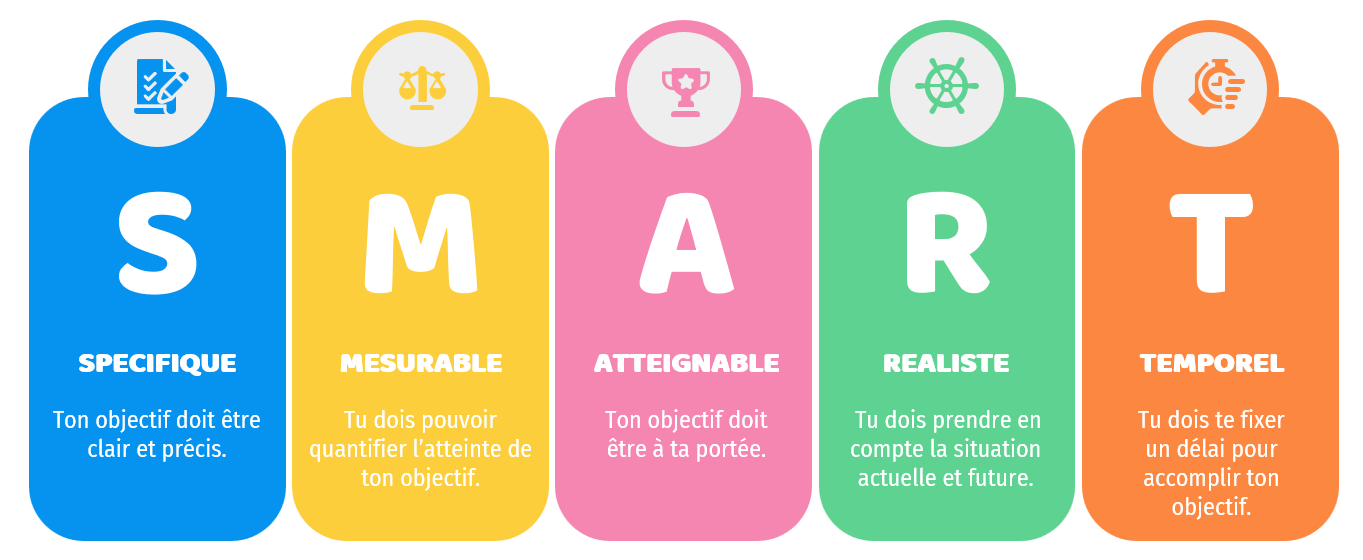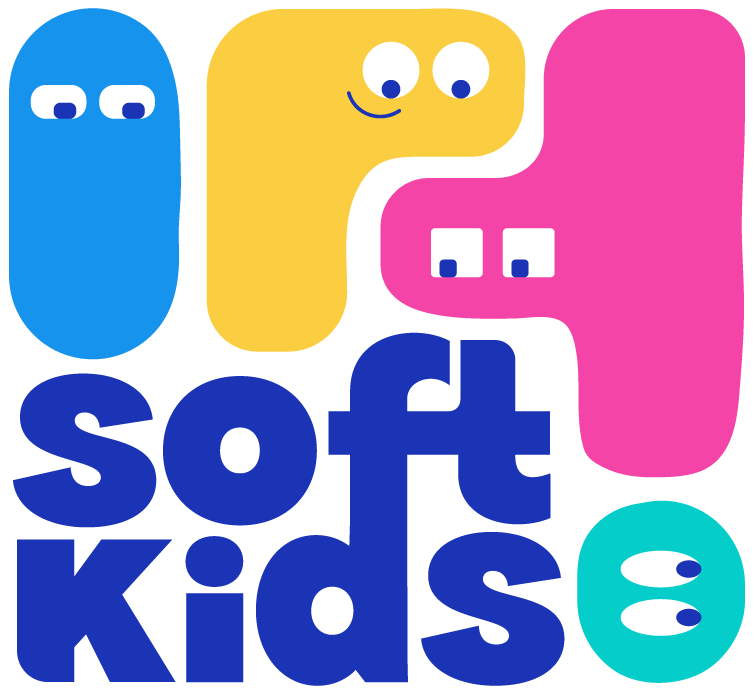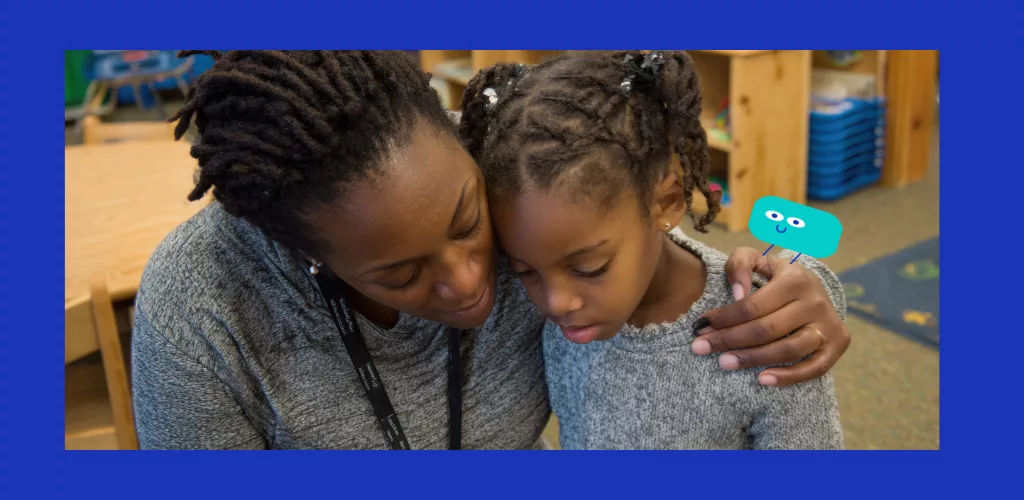How can you develop your kids' perseverance?
Perseverance is one of the keys to success. It means not giving up in the face of obstacles, staying the course despite difficulties, and above all... seeing your goals through to the end! In a previous article on perseverance, we talked about its essential role in learning. Today, let's look at how to cultivate it in children with concrete tools, including the famous SMART method.
Why is it essential to develop perseverance in children?
Perseverance is one of the fundamental soft skills to be developed from childhood. It enables children to :
-
commit to a project right to the end,
-
learn from their mistakes,
-
develop their independence and self-confidence.
And the good news is that, like all social skills, it can be learned and reinforced with practice!
How can we learn perseverance from childhood?
Yes, absolutely! One of the most effective ways is to set goals. But not just any old way. It's important to distinguish between intention and concrete objective.
For example:
-
Intention: To be more comfortable speaking.
-
Objective: Make a 5-minute presentation in class on a subject I like within 3 weeks.
Without clear objectives, children risk becoming discouraged. Hence the importance of the SMART method!
Using the SMART method to develop perseverance in children
The SMART method enables you to formulate motivating, achievable and measurable objectives.
S for Specific: the objective must be clear and concrete, and specify an action to achieve it.
For example: "Be able to play the song of my choice on the piano".
M is for Measurable: we need to be able to quantify the achievement of the objective.
For example: "Play this song in front of my family".
A as in achievable: the objective should be challenging but within reach.
For example: "play my mother's favourite song".
R for Realistic: the objective must take into account the current and future situation.
For example: check with my piano teacher that I can do it.
T for Temporal: the objective must be time-bound and set a deadline.
For example: do it in 2 months.

You can encourage your kids to try this method when they have a particular craving.
10 SMART goals to cultivate perseverance in children
Here are a few ideas for objectives adapted to children's ages and desires:
- Learn 10 vocabulary words a week.
- Read a book of at least 100 pages every month.
- Exercise for 30 minutes a day.
- Eat 3 fruits a day for a week.
- Write down your 3 favorite things of the day every night.
- Learn to play chess in 3 months.
- Help around the house with two tasks a day.
- Study your favorite subject for 30 minutes every day.
- Draw for 30 minutes every day for 2 weeks.
- Participate in an artistic or sporting activity each month.
This method will help them gain autonomy, discipline and, above all, confidence!
Other tips to help your child develop perseverance
The SMART method is an excellent starting point, but here are some other tips to apply in everyday life:
-
Discuss your child's progress regularly.
-
Identify obstacles together and seek solutions.
-
Value efforts more than results.
-
Normalize failures: every mistake is a learning experience.
-
Encourage experimentation and creativity.
🧠 Also read: Developing children's self-confidence
Conclusion: Encourage, discuss, normalize failure
As you can see, developing perseverance in children means helping them build a solid foundation for success in life. By setting clear, appropriate and motivating goals, your children will learn to see things through to the end... even when it's hard.
💡 And you, what are your tips for helping your children persevere?
Share them in comments or discover our fun programs to develop soft skills from age 6 upwards




0 comments